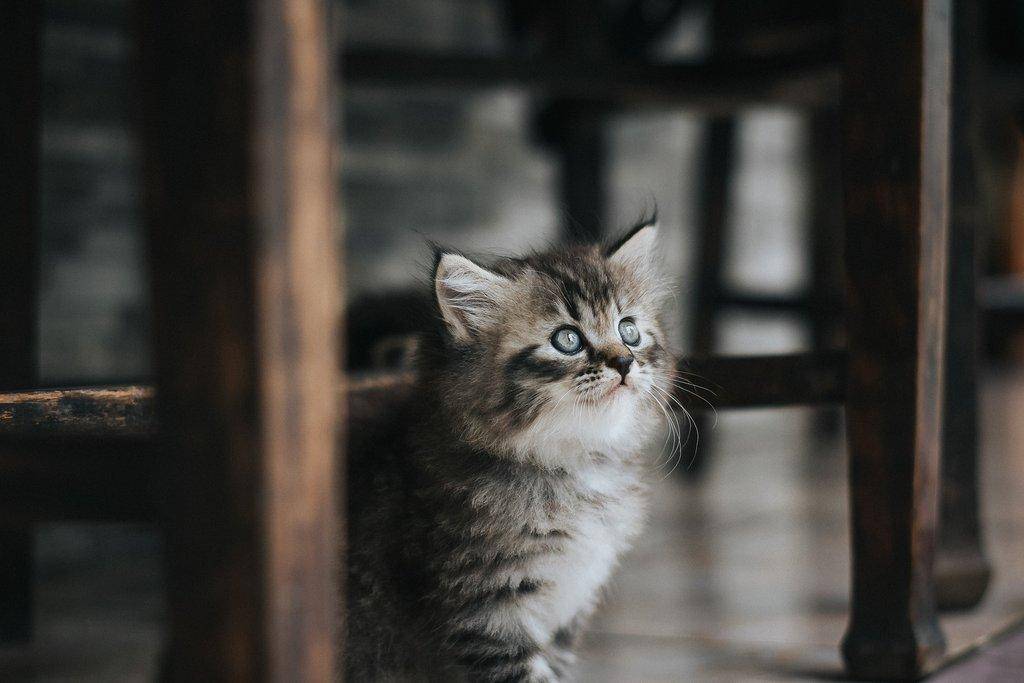The sixth-annual pet lifesaving dataset was recently released by Best Friends Animal Society, which is a leading animal welfare organization. The dataset gives a national overview of the number of cats and dogs that enter and exit shelters within a given year.
Lifesaving is measured with a metric called the “save rate.” A 90% save rate is the nationally-recognized benchmark in order to be considered no-kill. In 2021, a total of 49,187 dogs and cats were in Utah shelters, with a surprisingly high 43,572 that were saved. This gave the state a save rate of 88.6%.
Within that same year, 67% of state shelters measured above the 90% mark, with those below needing to save 886 more healthy or treatable animals to make Utah no-kill. No-kill means that every shelter that serves or is located within a given state has a save rate of 90% or higher.
According to Best Friends Animal Society and data gathered in 2021, 41 of Utah’s 61 shelters were no-kill. This means the save rate in Utah has increased by 0.7% since 2020.
“Individuals can help support local lifesaving by choosing to adopt from a shelter or rescue group, spay or neuter their pets, foster, volunteer, donate, and support and advocate for community cats through trap-neuter-vaccinate-return (TNVR) and shelter-run TNVR programming,” Best Friends shared.
There is also a pet lifesaving dashboard that was launched in 2019. This tool serves to provide local communities, policy makers and individuals with data in order to take collective responsibility for what happens to the animals in their community while better supporting local shelters. Utah’s state and local progress, as well as ways to get involved, can be discovered here.

